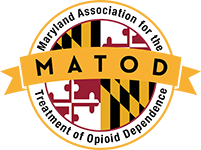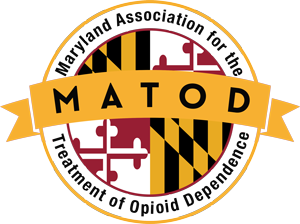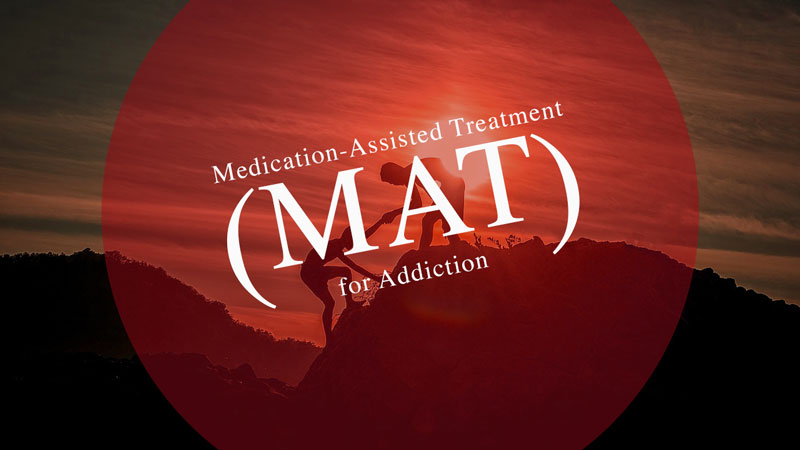Buprenorphine Diversion
Although a number of published accounts related to buprenorphine diversion have caused concern, it is important to note that due to buprenorphine’s pharmacologic properties, the medication rarely causes an overdose when used alone. Overdoses occur when buprenorphine is used with a benzodiazepine, alcohol, or other drug combinations.
There has been an interesting debate on whether buprenorphine diversion is a serious problem. A number of public health proponents have described the street diversion of buprenorphine as “therapeutic” because its use by individuals not in treatment results in an attempt at lay treatment of OUD. It also is important to point out that the development of depot formulations of buprenorphine will certainly restrict its diversion to illicit market channels.
AATOD’s public position on this topic is that the diversion of any opioid at any time, and particularly during an opioid epidemic, is unwise. Our argument has always been that one cannot define a diverted opioid as being therapeutic.
The Importance of Treatment Coordination
As our nation moves to increase access to treatment, care coordination becomes vitally important. In a previously published policy paper (22), AATOD mentioned the Vermont Hub and Spoke Model 2, one of the earliest treatment models to deal with this issue, and the use of health homes in Rhode Island and Maryland as means of coordinating care for patients in treatment. The success of these models resides in a central authority that works with providers to link services.
The co-op model is another treatment approach that is based on the success of the Vermont Hub and Spoke Model. As articulated by Dr. Kenneth Stoller and his colleagues at John’s Hopkins in Baltimore, this approach provides an opportunity to coordinate care using the OTP as the hub site and DATA 2000 practices as the spoke.
Once again, it is important to point out that peer support recovery services are a key component of coordinated care and work effectively with OTPs and DATA 2000 practices as well as in hospital emergency departments and general medical practice settings.
Where We Are Today
According to SAMHSA and the DEA, there are approximately 1,600 licensed and accredited OTPs in the United States. Wyoming is the only state without an OTP. It is estimated that over 400,000 patients are receiving treatment at OTPs. Additionally, by 2017, SAMHSA had approved over 45,000 DATA 2000 practitioners, however, only about half are active prescribers. A number of factors contribute to this phenomenon, including low insurance reimbursement.
2 The Hub and Spoke Model is characterized by a limited number of specialized regional addictions treatment centers, working in meaningful clinical collaboration with general medical practices. Specializing in the treatment of complex addiction, the regional centers (Hubs) provide intensive treatment to patients and consultation support to medical providers (Spokes), treating patients in the general practice community.




Leave a Reply